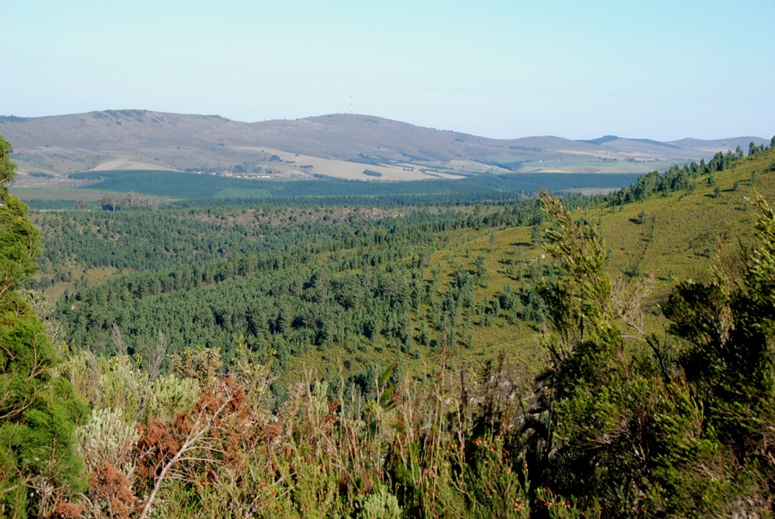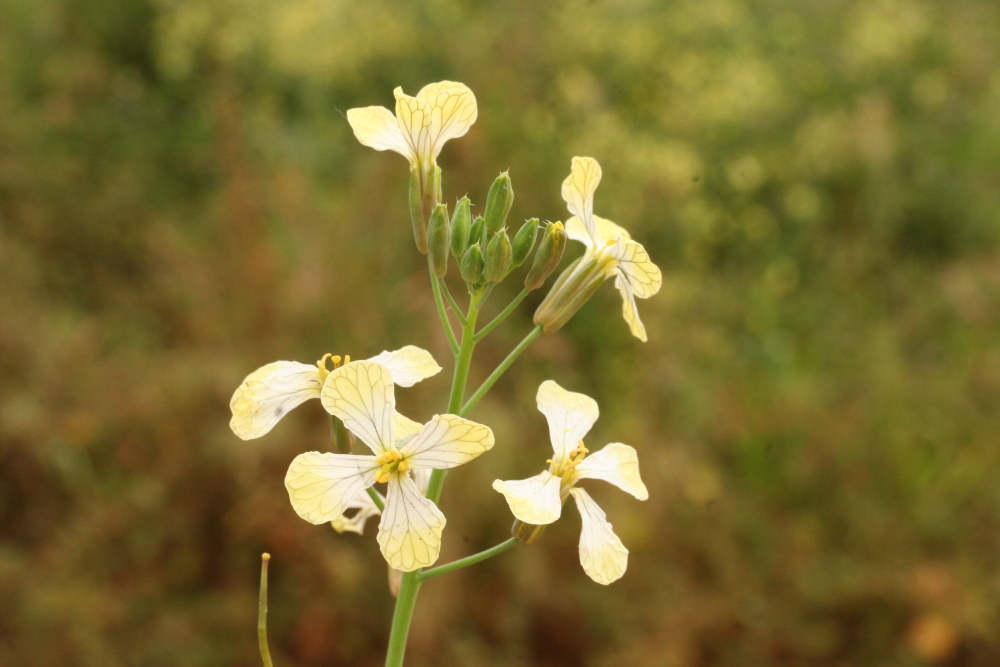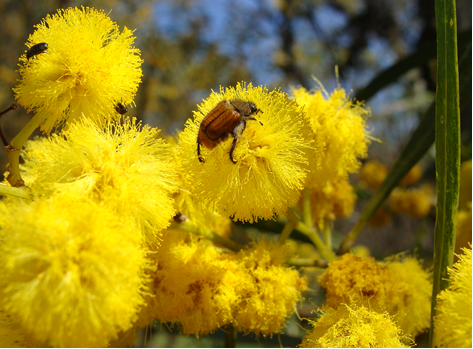One thing often leads to another: the case of secondary invasion
Clearing the invasive alien tree Port Jackson (Acacia saligna) doesn't necessarily lead to the recovery of native plant communities because secondary invaders may be dominant and persist up to three years after clearing at levels similar to, or higher than the first year after clearing.





